Join the course
Humblebrag raclette put a bird on it blog, fam hexagon jianbing neutra godard plaid scenester.
Homesteading 101 Starter Course
Family
Free Guide
Courses & Guides
shop with me
FAVE LINKS
Low Toxic Living
Homesteading
Homemaking
Recipes
Topics
I’m a homesteader, homemaker, milkmaid, and bread baker! This is my very own slice of the internet, dedicated to inspiring you to live old fashioned in today's modern world. I’m so excited you’re here, and can’t wait to connect with you.
What Does Sourdough Bread Taste Like?
What does sourdough bread taste Like? Sourdough bread has surged in popularity in recent years, captivating taste buds worldwide with its exceptional flavors and textures. This type of bread, renowned for its tangy taste and distinctive consistency, has become a favorite among many.
The unique flavor of sourdough bread is a direct result of its natural fermentation process. Through this process, the bread dough undergoes a longer period of fermentation compared to other bread types. The extended fermentation time contributes to the development of a chewy crust and a moist, dense crumb. As a result, sourdough bread offers a rich and delectable taste that stands apart from other varieties.
This article aims to delve into the enticing world of sourdough bread, covering everything from its natural fermentation process to the array of health benefits it provides. Whether you’re an avid sourdough enthusiast or simply curious about this renowned bread type, we will equip you with all the information you need to understand its distinct flavor profile and what makes it truly extraordinary. So, let us embark on a captivating exploration of the captivating world of sourdough bread!
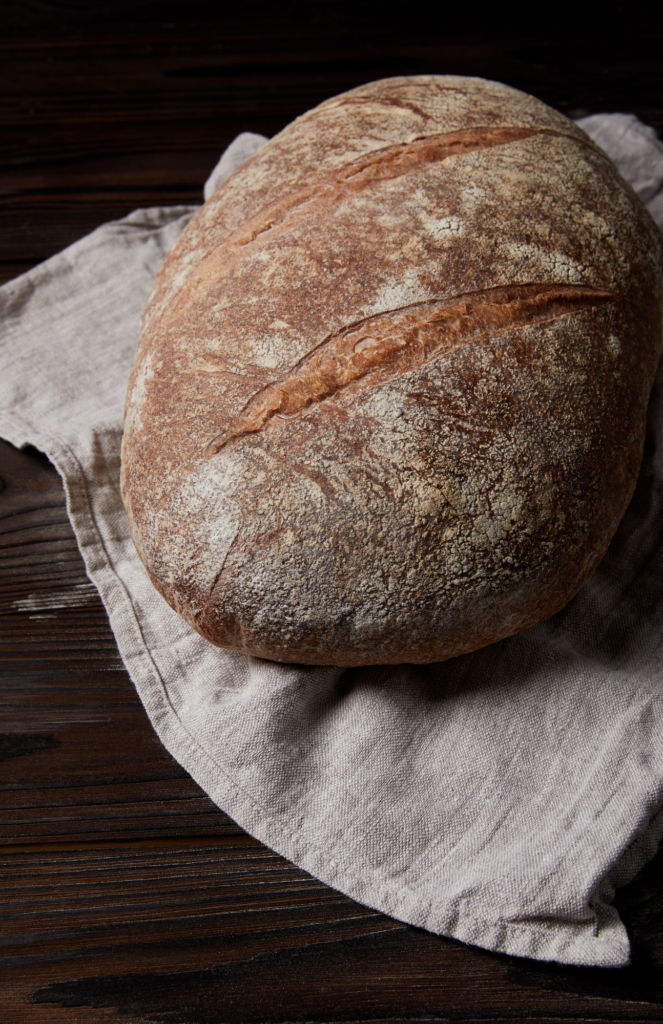
Table of Contents
What does sourdough bread taste like? Here’s my best description!
Sourdough bread possesses a distinct tanginess and a gentle sourness that sets it apart from other bread varieties. This exceptional flavor is a direct result of the fermentation process employed in its creation. During fermentation, wild yeast and bacteria work harmoniously to naturally leaven the dough, resulting in a more intricate and nuanced taste compared to bread made with commercial yeast.
The level of sourness in sourdough bread can vary, influenced by several factors like the choice of flour, fermentation duration, and ambient temperature during the fermentation process. While some sourdough breads may exhibit a more pronounced sourness, all of them offer a remarkable and delectable flavor that is truly unique.
Furthermore, sourdough bread can encompass additional dimensions of flavor, such as a subtle nuttiness or earthiness, depending on the type of flour utilized. Some bakers also incorporate ingredients like honey, seeds, or nuts into their sourdough bread recipes, contributing further to the overall taste and texture.
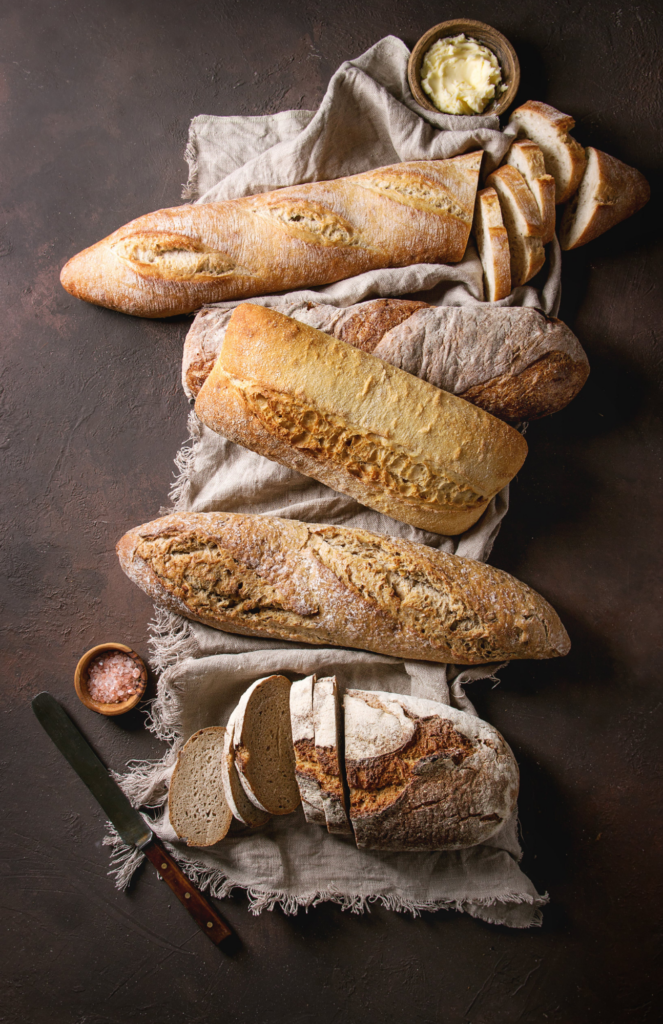
Sourdough Bread Flavor
The flavor profile of sourdough bread is a captivating tapestry of complexities and subtleties. While the tangy and slightly sour taste remains its prominent characteristic, there are additional flavors that emerge, influenced by the choice of flour and the intricacies of the fermentation process.
For instance, sourdough bread crafted with whole wheat flour unveils a delightful nuttiness accompanied by a gentle sweetness. On the other hand, sourdough bread prepared with rye flour exhibits a more robust and earthy flavor. Furthermore, the flavor of sourdough bread continues to evolve over time, as the yeast and bacteria in the dough continue their fermentation journey, giving rise to new and intriguing flavors.
The overall flavor profile of sourdough bread stands as a compelling reason for its widespread acclaim among bread enthusiasts. The interplay of complex and nuanced flavors makes sourdough bread an artisanal treasure that warrants exploration and appreciation.
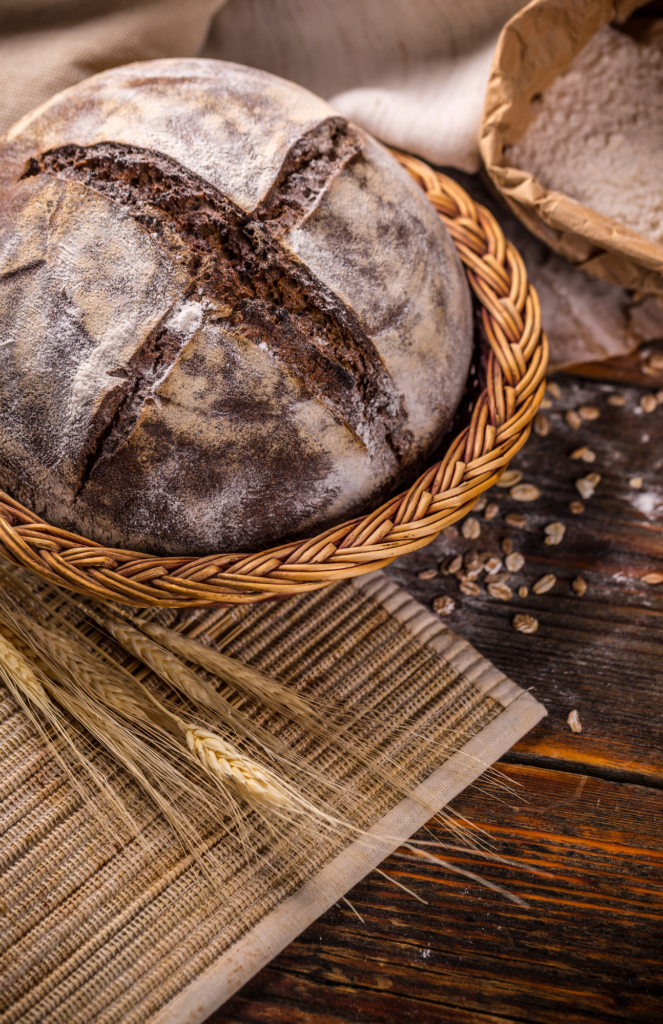
How Sour is Sourdough Bread?
The sourness of sourdough bread is subject to various factors, including the type of flour, fermentation time, and fermentation temperature. Generally, sourdough bread that undergoes a shorter fermentation period will exhibit less sourness compared to bread that undergoes a longer fermentation.
The choice of flour also plays a role in the sourness of the bread. Rye flour, for instance, possesses higher acidity levels than wheat flour, leading to a potentially more pronounced sourness in sourdough bread made with rye.
Furthermore, the fermentation temperature influences the sourness of the bread. Sourdough bread fermented at cooler temperatures tends to be less sour than bread fermented at higher temperatures.
The sourness of your sourdough bread can vary significantly. Nevertheless, sourness remains a defining characteristic of this bread, contributing to its unique and sought-after flavor profile.
What makes Sourdough Bread taste different from other breads?
Sourdough bread stands apart from other regular bread types due to its distinctive flavor, attributed to the natural fermentation process it undergoes. Unlike types of bread made with commercial yeast, which provides a rapid rise, sourdough bread relies on the presence of wild yeast and bacteria within the dough and environment for natural leavening that gives it a different flavor.
This fermentation process bestows upon sourdough bread a captivating depth of flavor, surpassing the taste profile of other bread varieties. The prolonged fermentation duration allows for the development of a crust and crumb that are truly unique to sourdough bread, contributing to its unmistakable character.
Furthermore, sourdough bread often boasts a higher hydration level, setting it apart from other breads. This higher moisture content contributes to a cherished chewiness and moist texture that bread enthusiasts greatly appreciate.
In summary, the fermentation process, natural leavening, and distinct texture of sourdough bread collaborate to create a one-of-a-kind flavor experience.
How does sourdough taste?
When it comes to bread, sourdough is the resident rebel with its own unique taste! Its tangy flavor stands out from the crowd of ordinary loaves. But hold on, there’s more to this bread tale than just sourness.
Picture a loaf of white bread, smooth and subtly sweet, thanks to its commercial baker’s yeast. Now imagine whole wheat bread, with its nutty and slightly earthy vibes. Well, sourdough bread? It takes the flavor to a whole new level! It’s like a symphony of taste, with complex and intense notes that make bread lovers go wild.
Let’s talk about the crust and crumb. Sourdough bread tastes like no other bread. Its crust is a rebel, thicker and chewier than the rest, giving your jaws a delightful workout. And the crumb? It’s a dense and moist masterpiece, keeping you coming back for more.

What makes sourdough bread unique?
What sets this bread apart? The main reason is the fermentation process! It gives it a more sour flavor.
Sourdough bread isn’t your average loaf. It’s a flavor chameleon, boasting complexity and nuance that will make your taste buds do a happy dance. Sure, the sourness is the superstar, but there’s a whole symphony of flavors and aromas waiting to tantalize your senses.
The fermentation journey takes this bread to the next level. It’s a slow dance that crafts a crust like no other. Think thick, chewy, and gloriously brown. That’s the power of natural sugars caramelizing during baking, giving you a crust worth sinking your teeth into.
And let’s not forget the crumb! It’s a world of density and moisture, with a chewy texture that’ll have you hooked. It’s like a fluffy cloud with substance, a perfect partner for all your sandwich dreams.
It’s the natural leavening, the tantalizing flavors, the crust with attitude, and the crumb that keeps you coming back for more.
Sourdough Bread Crust
Get ready to uncover the magic of sourdough bread’s legendary crust! Sourdough bread taste like a crusty adventure that will make your taste buds sing with joy.
Let’s talk texture, my crust connoisseurs. We’re diving into a world of thickness and chewiness that’ll leave you craving more. This crust means business—it’s thick and oh-so-chewy, giving each bite a delightful workout. But how does it achieve this crust-tacular perfection? It’s all thanks to the wondrous long fermentation process that makes sourdough bread a true artisanal masterpiece.
But hold on tight, because we’re not done yet! That deep brown color you see? It’s a caramelized dream brought to life by the natural sugars in the dough, getting cozy during baking and creating a symphony of deliciousness.
Now, here’s where the bakers get to play, like crusty maestros conducting their masterpiece. By adjusting the baking temperature and humidity, they can shape the destiny of the crust. Craving a thick and darker crust? Crank up that heat and lower the humidity. Looking for a lighter and thinner crust? Bring the temperature down and let the humidity rise. It’s a crusty symphony of possibilities!
So, crust enthusiasts, get ready to feast on the wonders of sourdough bread. Its thick, chewy, and caramelized crust is here to satisfy your cravings and take your taste buds on a flavorful rollercoaster. Embrace the power of the crust, and let the adventure begin!
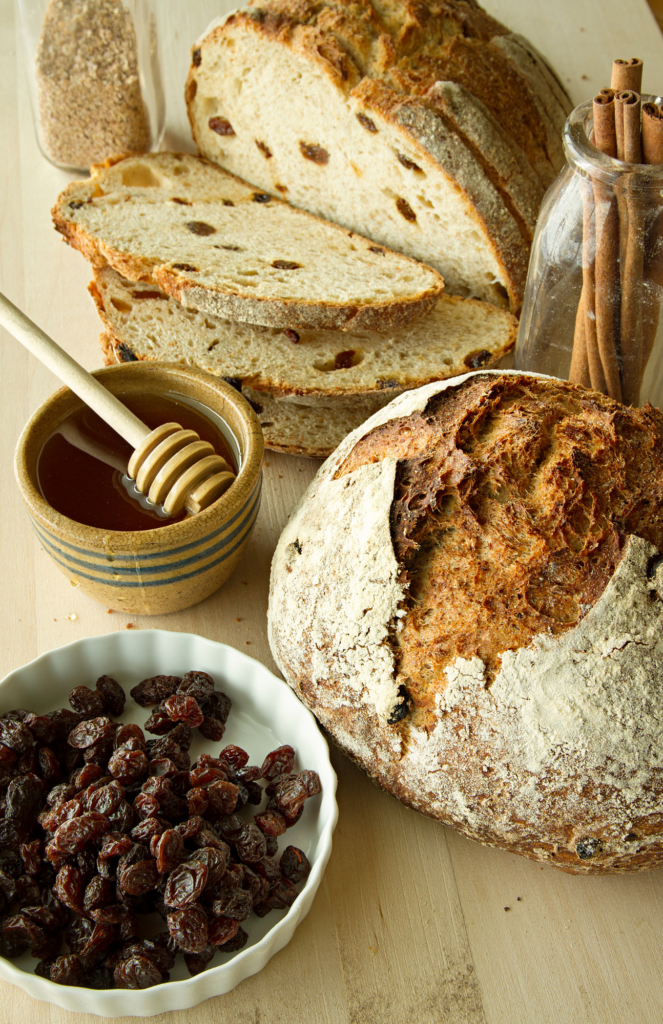
Sourdough Bread Crumb
Let’s talk about texture, my fellow crumb enthusiasts. We’re venturing into a land of density and moisture, where the crumb reigns supreme. It’s a dense delight, with a moistness that adds a touch of heavenly decadence. But the magic doesn’t stop there—oh no! The crumb’s chewy texture is the cherry on top, making each bite a satisfying adventure.
How does the crumb achieve this mouthwatering perfection, you ask? It’s all thanks to the fermentation process that transforms the dough. During this process, gluten and other proteins develop, creating that beloved texture that sourdough bread is known for. And the longer the fermentation, the more water the dough absorbs, contributing to the crumb’s delightful moistness.
But wait, there’s more to this crumb tale! The color of the crumb can vary, depending on the type of flour used and the baking process. Whole wheat flour creates a darker crumb, while white flour produces a lighter counterpart.
Now, here’s where the bakers work their magic. They have the power to manipulate the crumb, like sorcerers of flavor. By adjusting the fermentation time and temperature, they can create wonders. A longer fermentation time and cooler temperature? That results in a dense, flavorful crumb. A shorter fermentation time and higher temperature? Get ready for a lighter, fluffier sensation.
Health Benefits of Sourdough Bread
Not only does it taste amazing, but it also has some tricks up its sleeve that will make you feel great.
Let’s start with the fermentation process—the secret behind those health-boosting powers. This magical process enhances the bioavailability of nutrients in the bread, making it a nutrient powerhouse that your body can easily digest and absorb. Say hello to better nutrient absorption!
But wait, there’s more! The fermentation process also produces lactic acid, which not only adds a tangy flavor but also packs some serious antimicrobial muscle. It promotes a healthier gut and boosts your immune system, keeping you strong and ready to take on the world.
Here’s another reason to rejoice: the longer fermentation time in sourdough bread helps break down gluten and other proteins. Why is this a big deal? Well, it means that even those with sensitive tummies can enjoy sourdough without the digestive troubles. Happy bellies all around!
Oh, and let’s not forget the glycemic index. Sourdough bread shines in this department. It has a lower glycemic index compared to other bread types, which means it causes a slower and steadier rise in blood sugar levels. It’s like a superhero for those with diabetes or anyone aiming to maintain stable blood sugar levels. Sweet, right?
So, my health-conscious friends, grab a slice of sourdough bread and embrace the goodness it brings. It’s a powerhouse of nutrients, a friend to your gut, and a champion of steady blood sugar.
- Sourdough Vanilla Cupcakes: A Twist on the Classic Treat
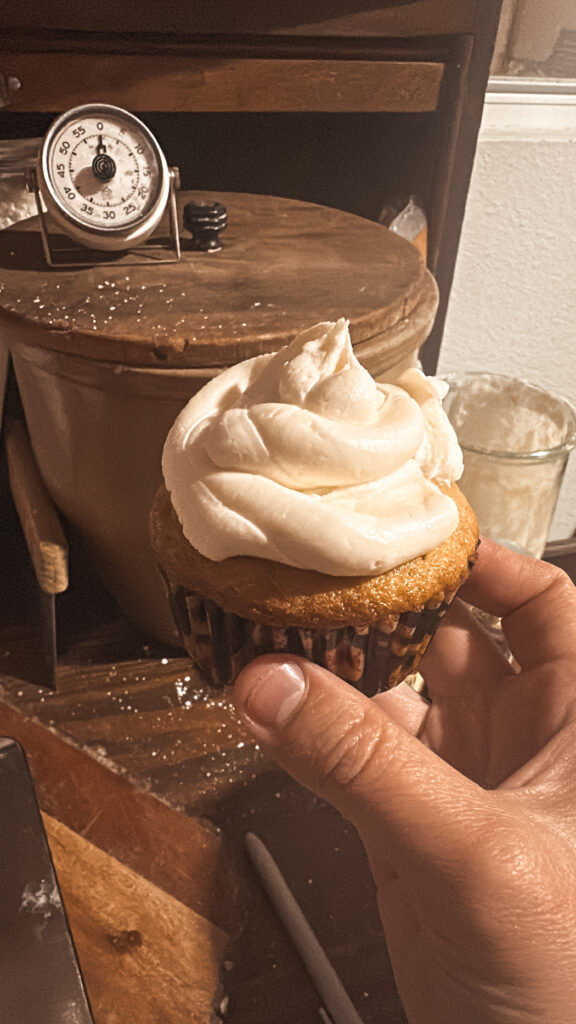
- Easy Homemade Biscuits: Quick & Delicious Recipes for Beginners
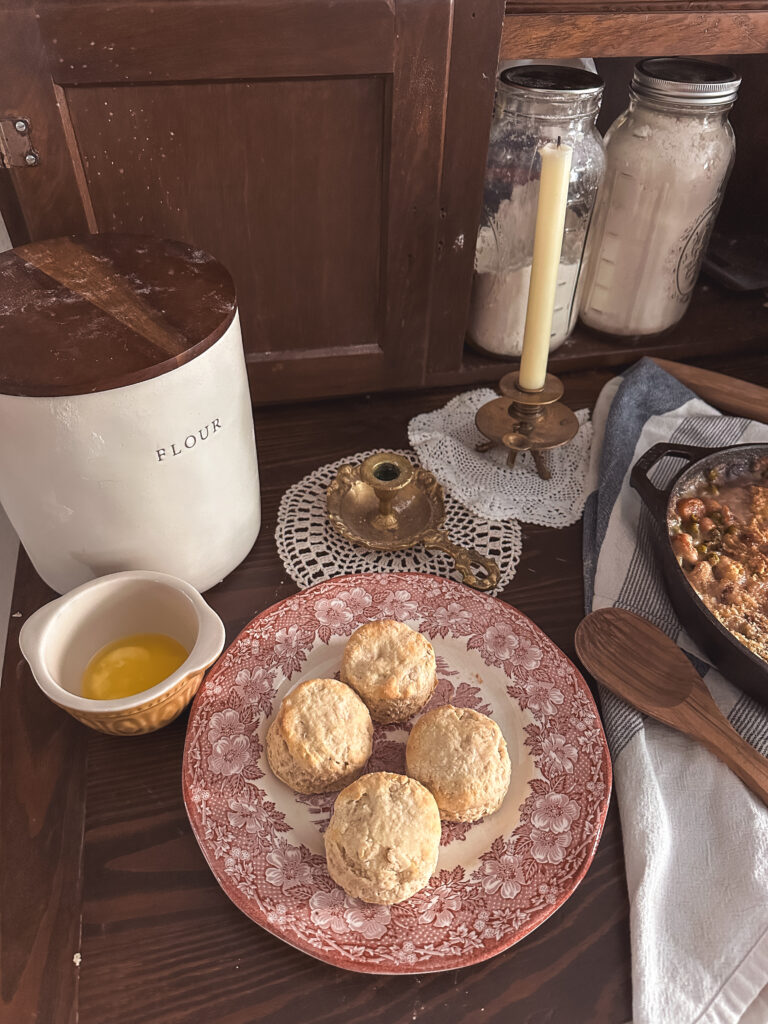
- Soft Dinner Rolls: Your Guide to Fluffy, Perfect Bakes
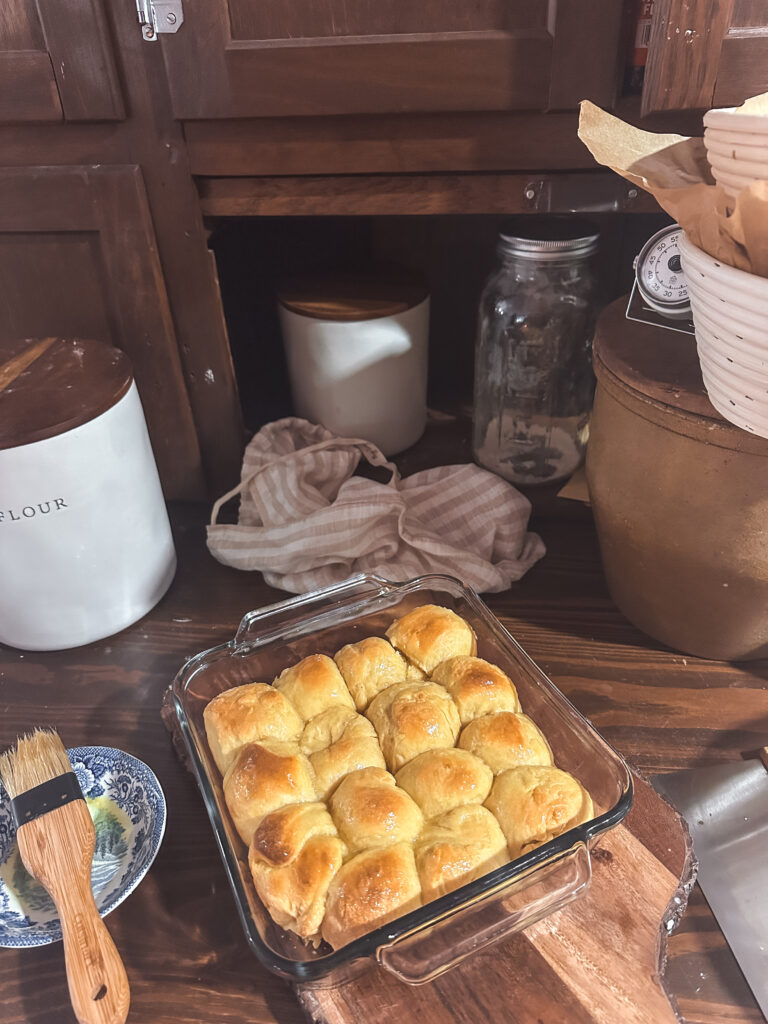
- How to Knead Dough: A Step-by-Step Guide for Perfect Bread
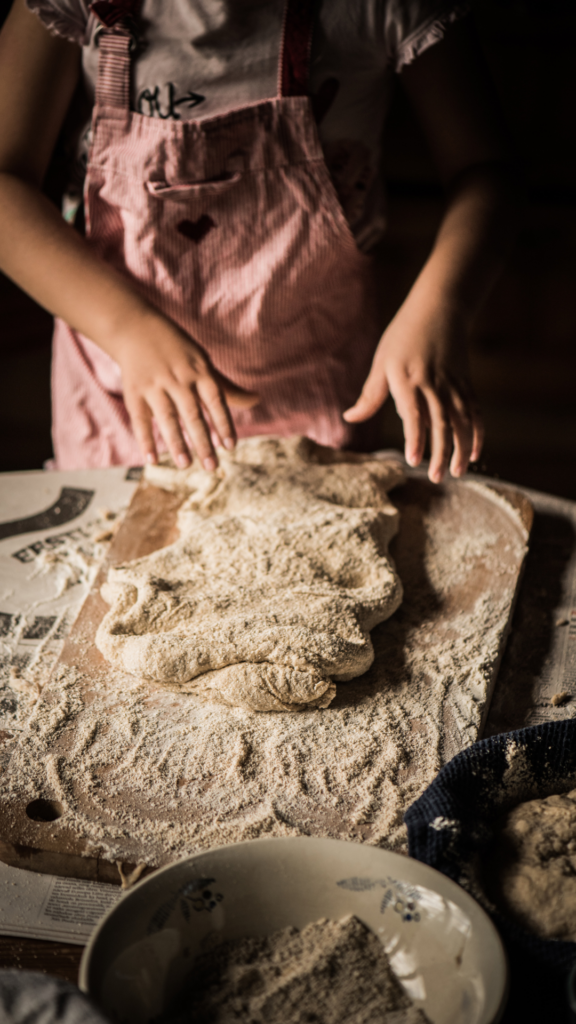
- SALT & STONE Deodorant Review: A Natural Deodorant?
- Sandwich Bread Recipe: The Perfect Loaf for Your Daily Sandwiches
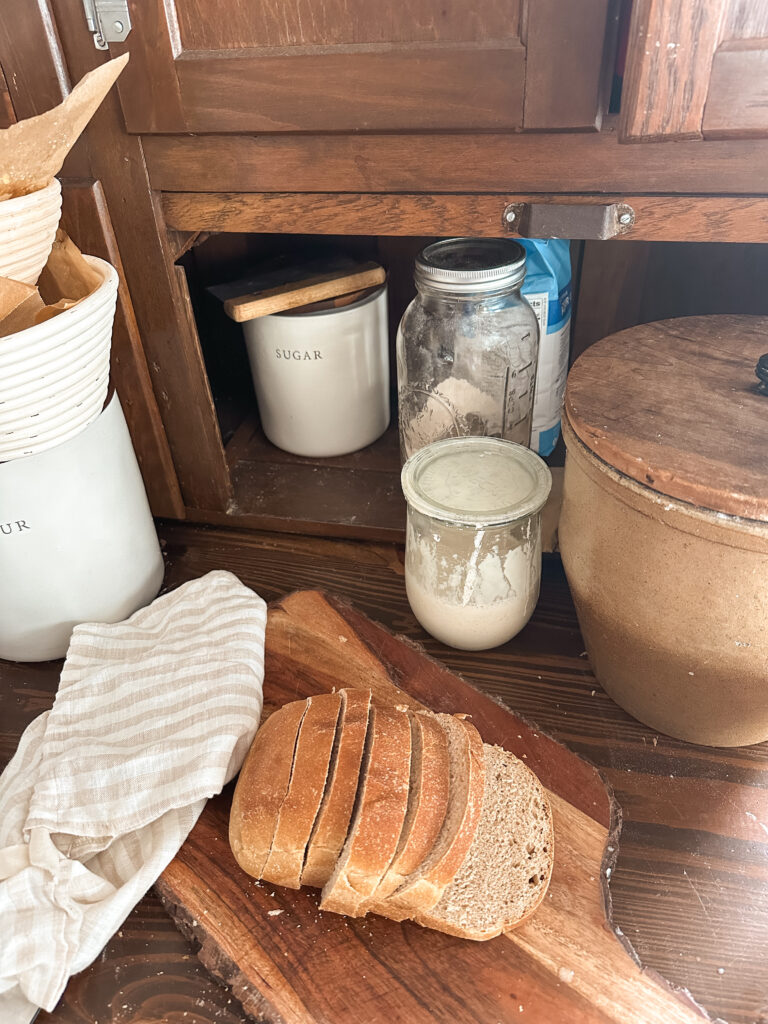
Should you make your own Sourdough Bread?
I am most definitely going to tell you that you should try baking your own sourdough bread!
Here are my sourdough baking supplies that I use.
I try to break down how to bake your own loaf so you can enjoy fresh bread with your family. It tastes so much better knowing you baked your bread from home and fresh for your family rather than buying it at the store!
Explore Reader
SHOP
Fitbit Versa 2 Health & Fitness Smartwatch
SHOP
Bamboo Nesting storage boxes
SHOP
Ilia Super Serum Skin Tint SPF 40
SHOP
Ninja Max XL Electric Air FryeR
SHOP
Cuisinart 15-Piece Knife Set with Block
SHOP
Muse Bath Apothecary Hand Ritual
SHOP
Martha Stewart 100% Cotton Bath Towels
SHOP
Eozlink Fluffy Fur Slides
Leave a Reply Cancel reply
Watch me clean my home

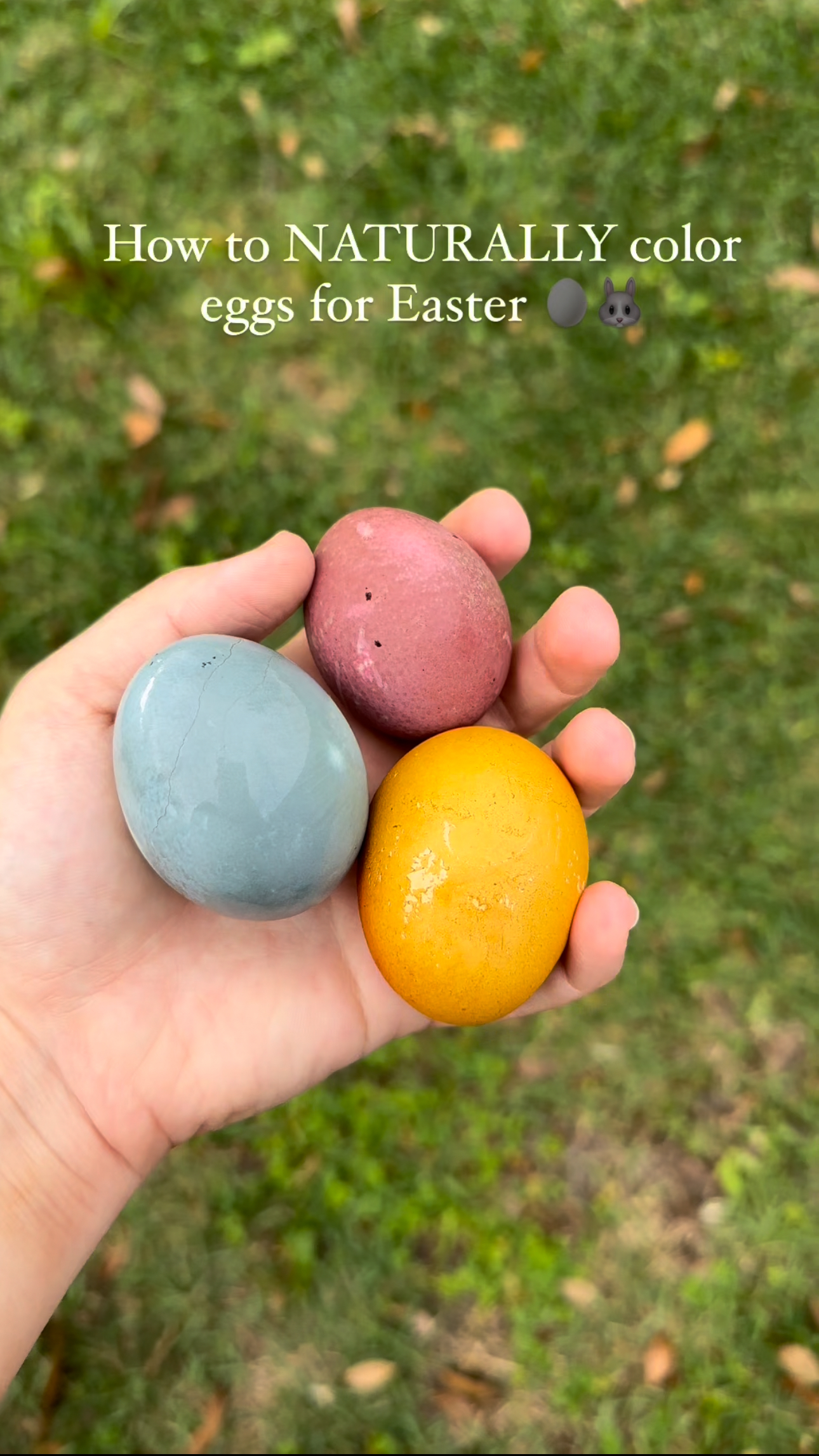

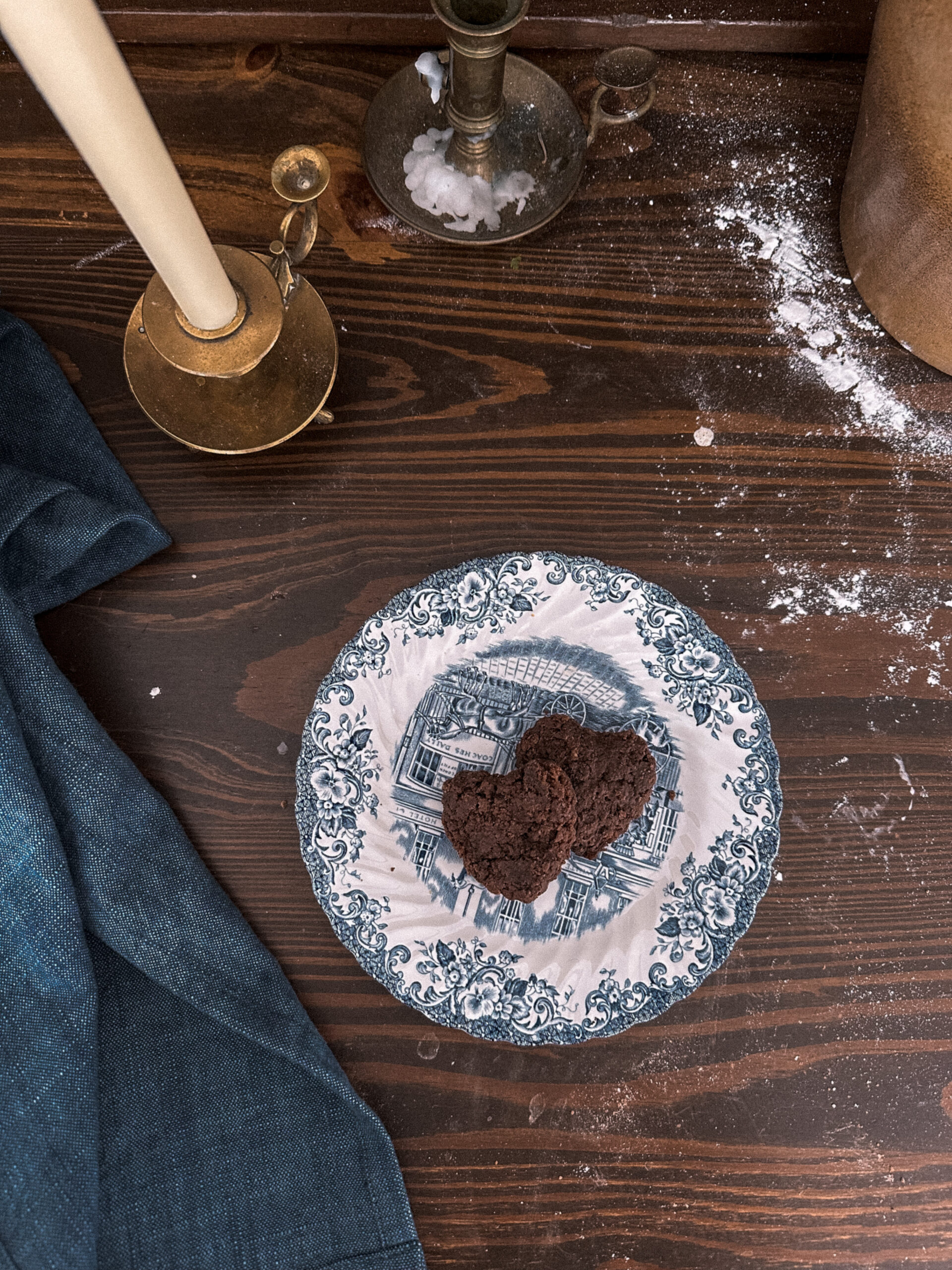
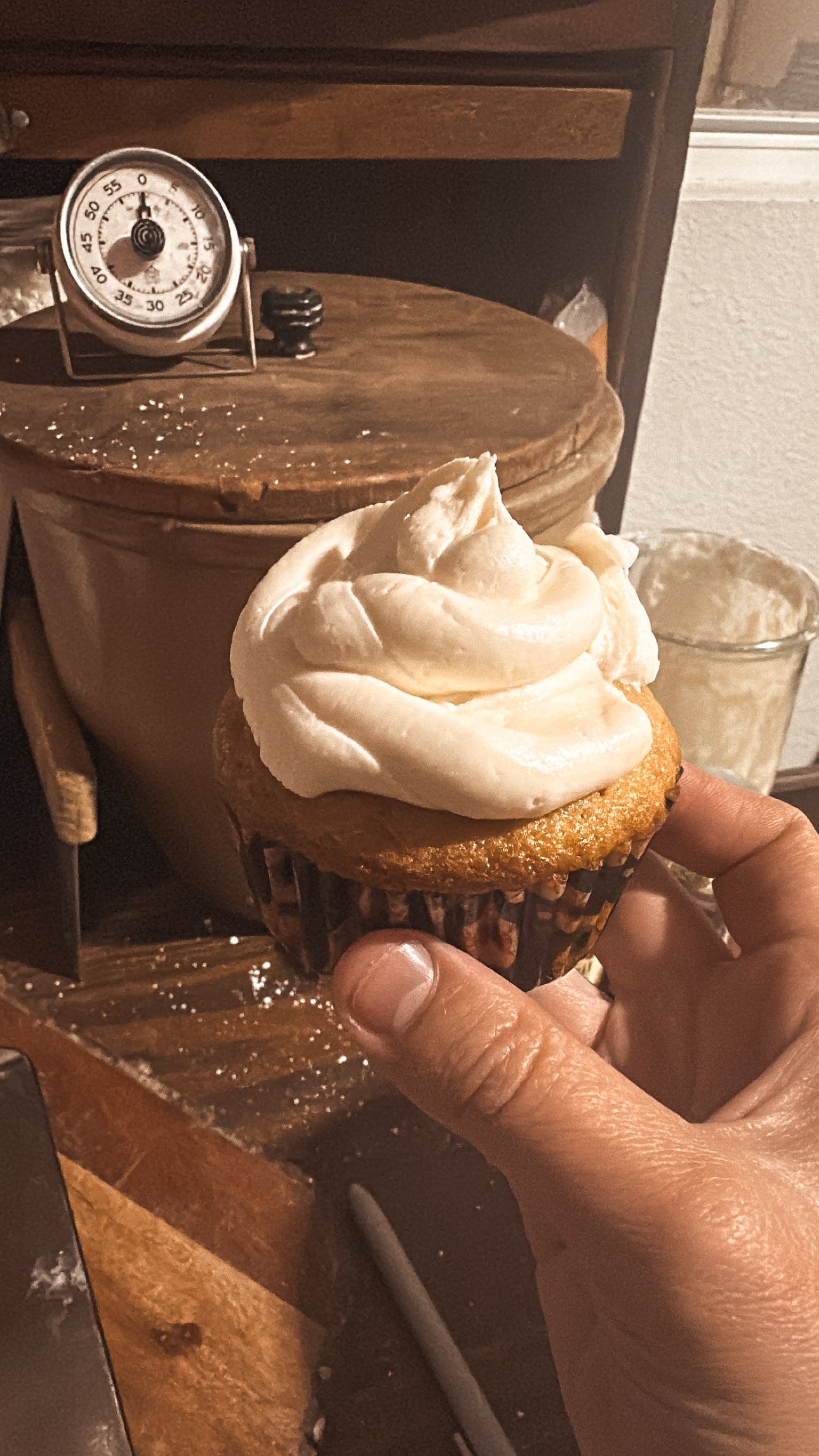
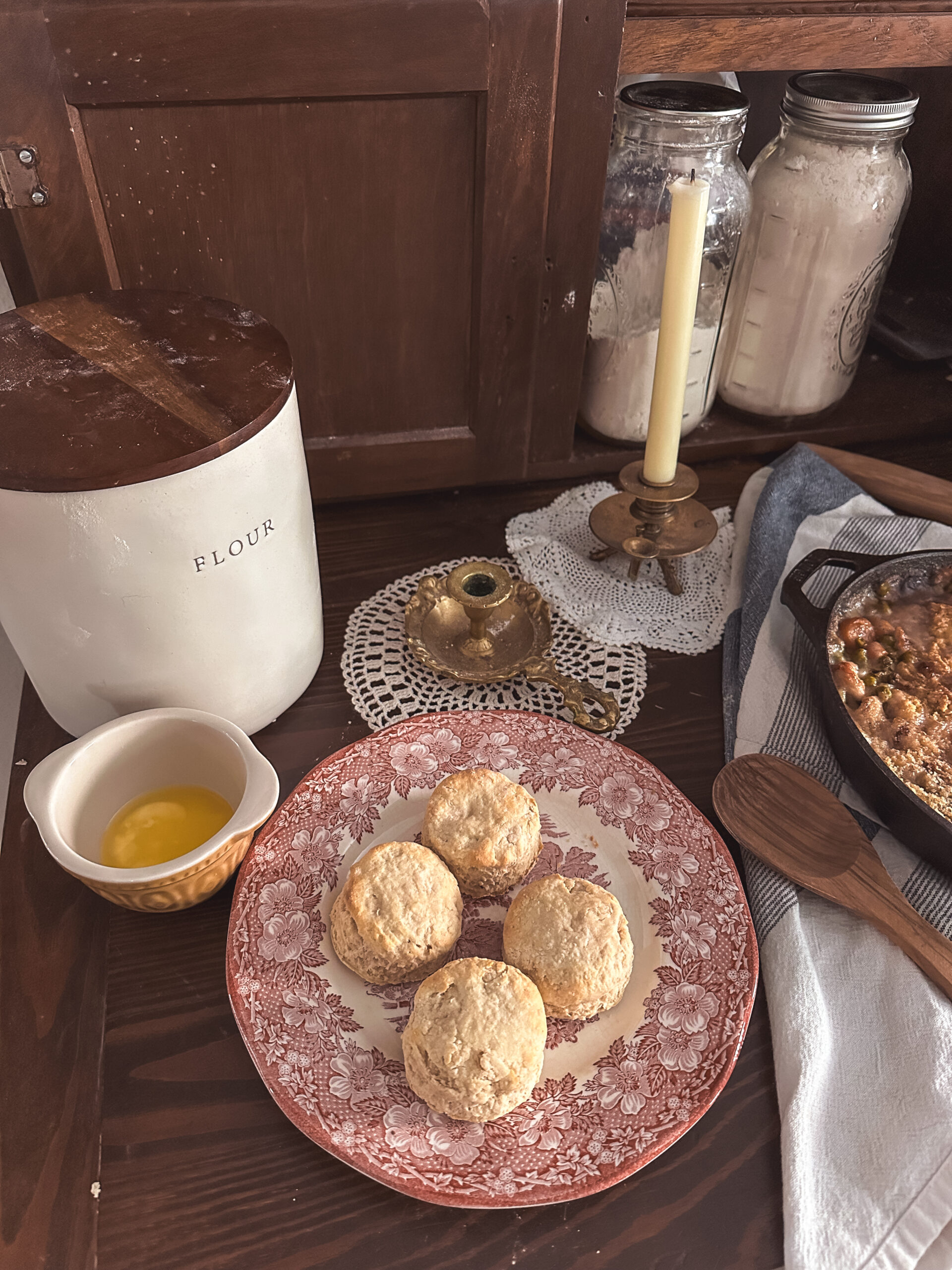

Be the first to comment